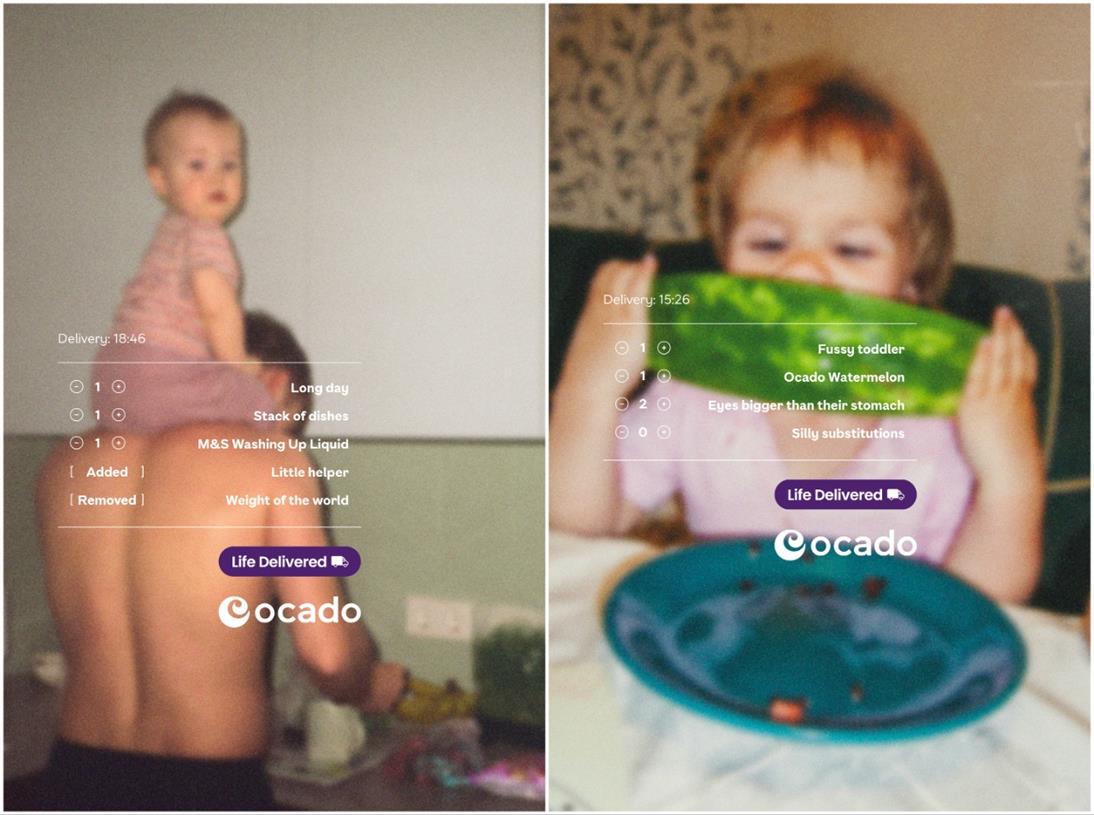The Magic of Margin Can Unlock Your Home’s Potential
Did you know that being organized isn’t really about stuff? It’s about the empty space between the stuff called margin. This is also referred to as white space, breathing room, or buffer. No matter the name, margin allows our...


Did you know that being organized isn’t really about stuff? It’s about the empty space between the stuff called margin. This is also referred to as white space, breathing room, or buffer. No matter the name, margin allows our possessions to move in and out of a space freely and stay organized too.
When I design organizational systems in a closet or cabinet, I spend a lot of time planning how the items will be stored in the space. But I also consider how often they are used. I strive to create margin every time.
No matter what space you’re working on, the key is to declutter first and organize second. It’s the margin in these spaces that has the most impact, especially when it comes to staying organized. Because when you reduce the volume, spaces have a way of organizing themselves.
Margin not only allows spaces to function better but also makes it more attractive. Did you know the margin on a piece of written work is approximately 37% of the page? White space makes the paper easy to read and creates a beautiful document. Margin ensures the work is presented in an organized fashion. The same is true of physical spaces.
Here are five spaces where margin will help you get organized and keep it that way:
Clothing Closet
Is your clothing literally stuffed inside your closet? Do you push clothes aside to put away clean laundry? Or perhaps you struggle to find an item you are looking for. There’s no margin in a closet like this.
What if your closet contained only your favorite clothes? And the items hung freely with fewer wrinkles. Empty space in a closet allows you to easily put away laundry and get ready in the morning.
Start by looking at your closet and determine how much you need to remove to create breathing room. Set a goal. Most closets require a 25-50% reduction to achieve this.
When you downsize your wardrobe, you have less laundry. Yes it’s true. You have more time to properly care for your clothing and extend the life of your favorite pieces. This margin saves you time and money.
Dishes and Kitchenware
Are you fighting to store small appliances like a griddle or the Instapot inside the cabinets? Margin means having clean kitchen counters where you can unload groceries, cook dinner, and pack lunches without cleaning the kitchen first.
Open the kitchen cabinets, step back, and observe. Which ones are embarrassing to leave open? Are there any items you can easily donate or throw away?
Look for the ideal spot to store items you use often. Rearrange based on frequency of use. Remove lesser-used items until each cabinet has margin. When you’re done, step back and look at it again. The empty space will give your eyes a place to rest so the cabinets are functional and beautiful at the same time.
As you make decluttering decisions, be honest about items you do not use. Use objective criteria to make decisions. For example, count the number of dishes compared to how many people live there full-time.
As a family of three, we typically host 2-3 extra people. So, six dinner plates, four sandwich plates, and four bowls are plenty.
When you return dishes to the cabinet, be sure to stack each category separately. Heaviest on the bottom shelf. Practice removing and reshelving them to see how difficult it is. Make adjustments. Margin helps a kitchen function efficiently.
Bookshelves
Too many books and decorations can make a bookshelf feel heavy even if it’s organized. Most bookshelves are full or overflowing onto the floor. Unread books on a shelf tell your brain you have unfinished tasks. Instead, try leaving empty space to lighten your load physically and mentally.
Start by reducing your books. When I donated most of my book collection, I began reading more. I chose books that were interesting to me and borrowed them from the library.
As you decide which decorations to buy or keep, ask yourself, “Do I love it enough to dust it?” Downsizing means less dusting and cleaning.
Create a Playroom Not a Toy Room
Margin also means creating a playroom, not a toy room. Do you see the difference? Since the floor is the largest flat surface in your home, it can become cluttered quickly in a toy room. Do not store things on the floor except for furniture.
Research found that the average 10-year-old owns 238 toys but plays with just 12. Seriously, kids need more space to play, not more toys. They thrive on an empty floor and use their imagination with open toys.
A crowded toy room steals the play space and prevents them from finding their favorite toys. And they are less content playing for long periods of time. Children are smart. They can see that more toys mean more cleanup and no room to actually play. They will avoid playing in a toy room.
Margin also matters when creating organizational systems for kids. They need simple systems that are age appropriate. Teach systems to your children and commit to owning fewer toys, shoes, and clothing.
Calendar and Schedule
Margin influences not just your physical space but your calendar space too. Margin in a schedule is important. As the old saying goes, “Show me your calendar and I’ll show you your priorities.”
Does your calendar have any white space this week? You can create margin in your schedule by using one simple word, no.
To combat overscheduling, discuss trade-offs with your kids when signing up for sports and activities. Determine a budget for your time and money. Children don’t know to ask for time off. They get caught up in the excitement until they’re exhausted.
As a parent, our role is to set boundaries and protect the white space. Saying no also creates room for spontaneity. And the smile on your child’s face when you drop everything and spend the day together is worth it every time.
Get Started
Start by decluttering one space of your own stuff. Not your husband’s hat collection or the kids’ toys. Grab a box for donations and a trash bag. Ask the following questions as you remove items.
Is this item adding an important function to my life? Would this space function better with margin or white space? Where do I need to set boundaries? Do I love this decoration enough to dust it? Is this invitation something I am looking forward to or is it an obligation?Where will you create margin today?
***
Amy Slenker-Smith is a living simply coach and wonderful writer at Simply Enough. She lives near Washington DC with her husband Steve, son Zack, and Zeke the cat. You can also find her on Facebook.

 Tfoso
Tfoso 































